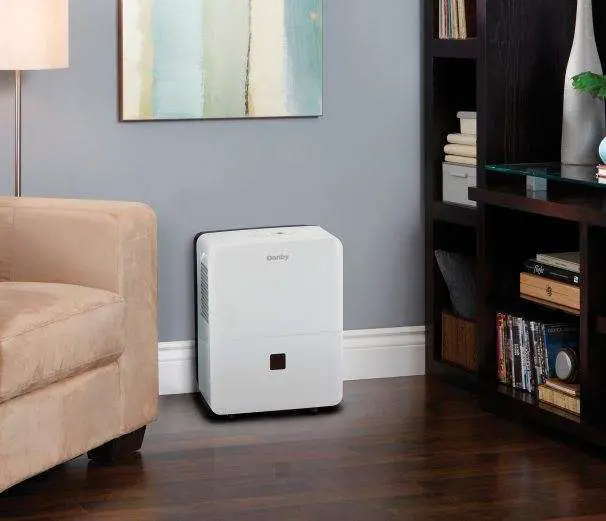Recharging a dehumidifier needs to be done every few years. If you notice the dehumidifier taking longer than normal, running for hours with no signs of removing moisture from your home's air - it might need recharging.
Recharging isn’t as straightforward as recharging other devices and requires gasses and chemicals. However, it is possible to complete this process at home yourself if you have the required tools and knowledge.
Which Types of Dehumidifiers Can Be Recharged?
You are likely to own a refrigerant or desiccant dehumidifier. They are rechargeable, either by replacing silica or by replacing refrigerant.
A refrigerant dehumidifier works by cooling warm air on cold coils and expelling dry air. Desiccant models absorb moisture using silica beads instead of condensation.
Neither technology requires recharging often, but it will need doing eventually. If it isn’t, they will stop reducing humidity.
When to Recharge Your Dehumidifier?
There are several signs that suggest your dehumidifier needs recharging:
- No Dry Air: If the air leaving your machine isn’t warm and dry air, it likely needs to be recharged.
- An Empty Water Tank: If the unit’s water tank is empty while it’s running, it isn’t removing water from the atmosphere. This is likely because it needs recharging.
- Indicator Light: Many dehumidifiers have an indicator light that will notify you when your dehumidifier needs recharging.
- No Change in Humidity Levels: If your home is still damp and humid but your dehumidifier has been running for hours, it is likely the refrigerant needs to be replaced.
Coolant Replacement Types
You’ll need new coolant for recharging your dehumidifier. It has to placed inside the unit which will require opening it. There are two main types of replacement coolant.
- Refrigerant dehumidifiers – Puron R410A: This is a methane-based gas coolant that is environmentally friendly.
- Desiccant dehumidifiers – Silica Gel: This requires plugging into the mains. This will heat the beads up to restore the water removal properties.
How to Recharge Your Dehumidifier
We suggest that you seek professional help to replace your coolant and recharge your unit because of the process required for recharging. There are many technicians with the ability to complete this task so seek out their services.
The technician will remove the valve cover, tighten any loose valves that might be leaking coolant gas, and replace your old coolant with new one. Once this is completed successfully, you can safely reuse your dehumidifier.
What If Recharging Doesn’t Work?
You should try and use your warranty if you start experiencing problems with your dehumidifier. They may then replace your dehumidifier or arrange for a repair on your behalf.
If your dehumidifier is not under warranty, contact the manufacturer and request the maintenance manual for the model you have. Here are a few more steps you can take to diagnose your problem:
- Check the coils inside. If they’re covered in dirt and dust, this might be causing the problem. You can clean the coils with a damp cloth.
- Check the fan. If its making a rattling sound, check the bearings and screws. You might need a replacement fan, or some screws could require tightening.
- There might be a fault with the compressor. This is difficult to diagnose so we recommend going down the warranty route or seeking the help of a technician or engineer.
Final Verdict
Some dehumidifiers are easier to recharge than others. If you own a desiccant dehumidifier, you can recharge it by plugging it in to the mains. If you own a compressor dehumidifier, its better if you get the coolant replaced by a professional.
You should never have to recharge your dehumidifier frequently. In fact, many owners end up replacing their model with the latest version before new refrigerant is required.
If you do attempt to recharge it and recharging fails, it might be time to buy a new dehumidifier.

